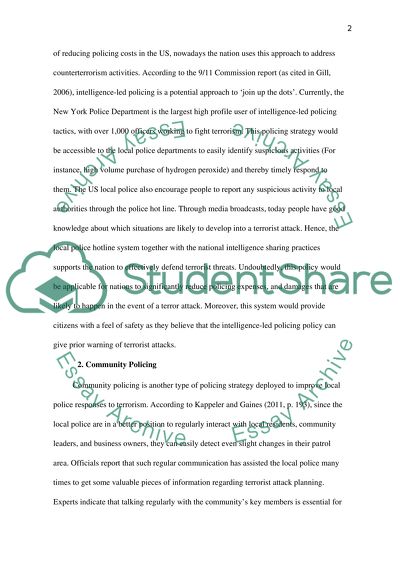Cite this document
(The Local Contribution to Counterterrorism Policing Term Paper, n.d.)
The Local Contribution to Counterterrorism Policing Term Paper. Retrieved from https://studentshare.org/military/1597742-local-police-response-to-terrorism
The Local Contribution to Counterterrorism Policing Term Paper. Retrieved from https://studentshare.org/military/1597742-local-police-response-to-terrorism
(The Local Contribution to Counterterrorism Policing Term Paper)
The Local Contribution to Counterterrorism Policing Term Paper. https://studentshare.org/military/1597742-local-police-response-to-terrorism.
The Local Contribution to Counterterrorism Policing Term Paper. https://studentshare.org/military/1597742-local-police-response-to-terrorism.
“The Local Contribution to Counterterrorism Policing Term Paper”. https://studentshare.org/military/1597742-local-police-response-to-terrorism.


